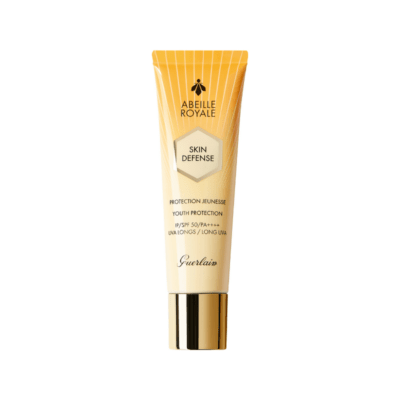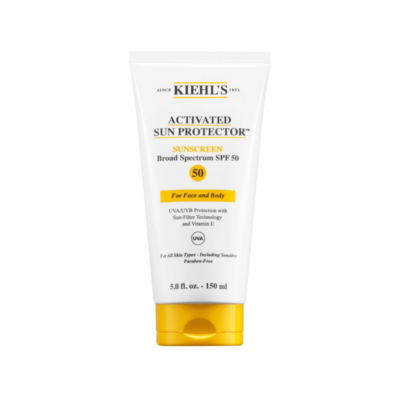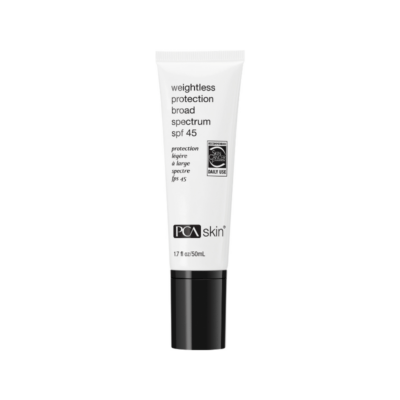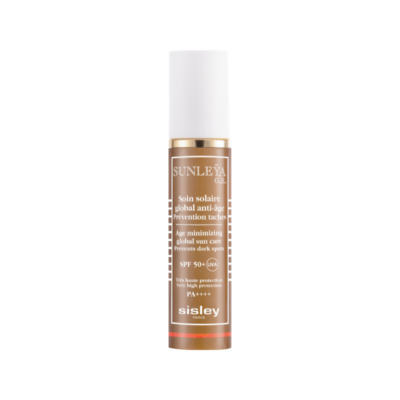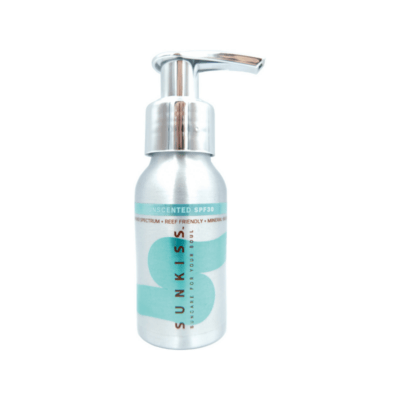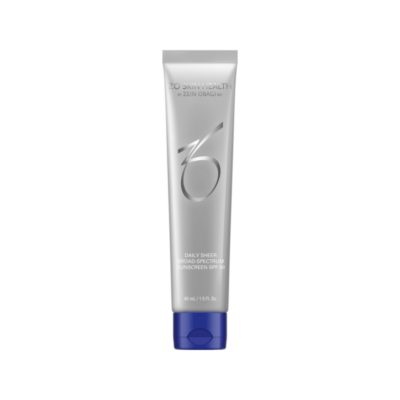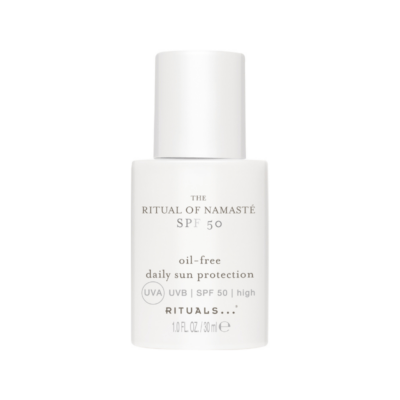Think you know your SPF? Think again. From dermatologist-approved products to the increasing importance of HEV light, MOJEH gets expert advice on how to nail your daily sun care regime once and for all
As far as skincare goes, there are certain rules that are non-negotiable. No sleeping in your makeup, drinking eight glasses of water a day and washing your brushes on a regular basis are up there with the best of them, yet the number one piece of advice that dermatologists swear by is perhaps the simplest to understand and the trickiest to get right: wear sunscreen. And not just on holiday or at the pool. Wear sunscreen every day. You can use every serum, toner, moisturiser and face mask under the sun, but it’s really all pointless if you’re not protecting your skin from the sun’s harmful rays – it’s a fact that’s drilled into us on a daily basis. But with so many different SPF numbers, UV rays, products and ingredients to get our heads around, is it any wonder so many of us skip this vital skincare step in the morning? It’s finally time to get the facts straight.
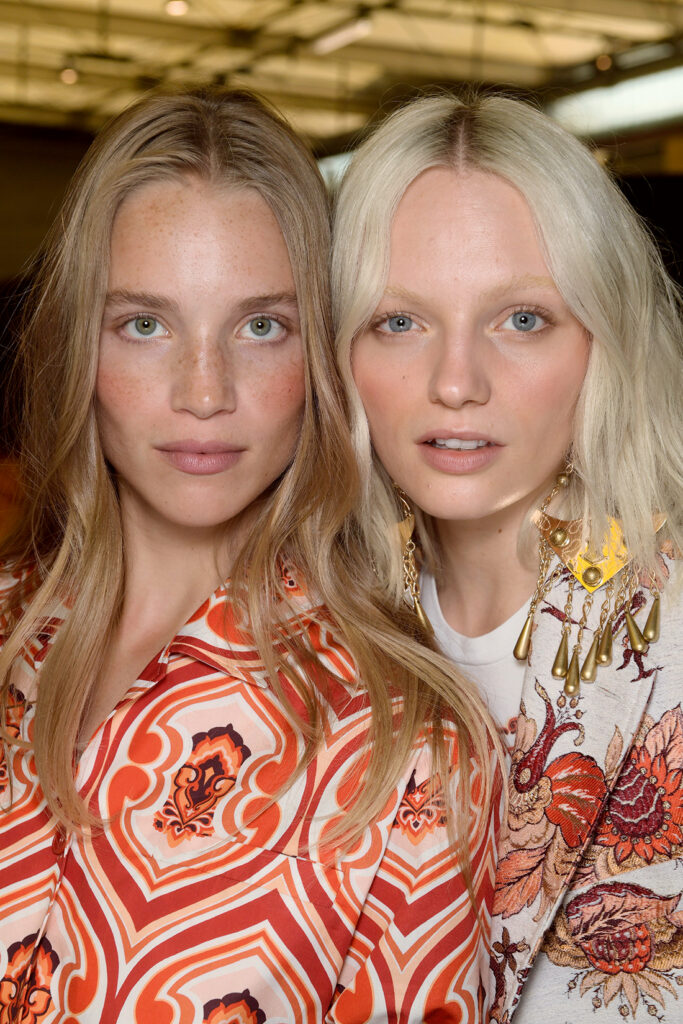
You can achieve sun-kissed skin without the long-lasting damage if you stay safe this summer. Etro SS22
First things first – UV rays. We all know that the primary purpose of a good SPF is to protect our skin from being damaged by them, but not all UV rays were created equal. “Not wearing sunscreen will leave the skin exposed to the sun’s UVA and UVB rays,” explains UK-based Dr Rekha Tailor of Health & Aesthetics. “Ultraviolet radiation causes DNA changes to the skin that can lead to premature ageing and in some cases skin cancer.” To differentiate between the two, UVA light damages all the layers of the skin, from the epidermis at the top to deep inside, while UVB light primarily damages the outer layer. “Overexposure to both can also cause the skin to become burnt, red, sensitive and blistered, and to later peel. It can also cause hyperpigmentation and result in different coloured skin on the face, or sun spots,” adds Dr Tailor. So just UVA and UVB protection – not so complicated, right? Wrong. Sadly today’s digital era has thrown a new type of ray into the mix in the form of HEV (high-energy visible) light, or blue light, which is emitted through smart phones, tablets and computer screens, and there’s a growing amount of research proving just how destructive it is for your skin. “HEV light penetrates the dermis and can also cause premature ageing, wrinkles and damage,” says Dr Tailor. “Sunscreens are required to protect against UVA and UVB light, but not blue light, so it’s important to look for an SPF with ingredients that specifically block those rays.” In particular, look to a broad spectrum sunscreen that is SPF 30+ and packed with antioxidants, she says. Available at ZO Skin Centre, the ZO Skin Health by Zein Obagi range is a favourite of Dr Tailor thanks to its inclusion of fractionated melanin, a new ingredient designed to protect the skin from damaging HEV, while La Roche-Posay Anthelios Mel-in Sunscreen Milk SPF 60 leaves skin feeling velvety soft thanks to the inclusion of calming and moisturizing vitamin E. With 10 per cent L-ascorbic acid, the purest and most potent form of vitamin C, Obagi’s Professional-C Suncare Broad Spectrum SPF 30 is another great shout for a powerful dose of antioxidant protection.
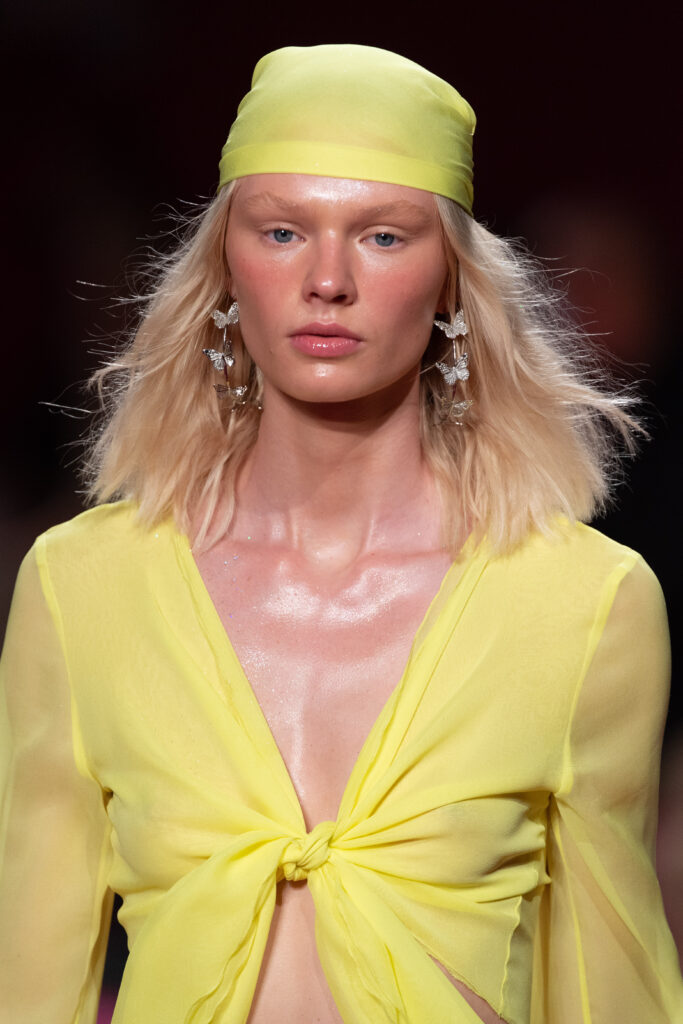
If you’re worried about the greasy look, then seek out sunscreens that are labelled as non-comedogenic to reduce the risk of acne breakouts. Blumarine SS22
In a bid to ensure we apply our sunscreen religiously each day, over the years a number of brands have introduced everything from foundations to moisturisers with built-in SPF. But when it comes to protection, something doesn’t quite add up. For starters, sunscreen is designed to sit on the skin as a defence between your face and the sun, while the purpose of a moisturiser is to penetrate the skin and hydrate deep into its layers. Can a product that blends the two work well on either front? Unfortunately not, and there is plenty of research to prove it, including a 2018 study by the University of Liverpool which showed moisturisers containing SPF provide less sun protection than the equivalent strength sunscreen in real-world scenarios – but it mainly comes down to lack of thorough application. “You should never rely solely on sunscreen that comes in your moisturiser or makeup, simply because they don’t contain enough SPF,” explains Dubai-based advanced skincare and aesthetics expert Rebecca Treston. “You need approximately 1.5 teaspoons of SPF on your face to really protect your skin, so if you were to rely on makeup then you would need to use six or seven times more product than you usually would, which isn’t realistic. I always recommend my clients use SPF on top of their moisturiser and on other areas that are exposed such as the hands, neck and chest. If their foundation does contain an SPF then it can just be considered an additional barrier for skin protection.” Dr Tailor agrees, adding that another problem with products containing SPF is the fact we don’t apply them as thoroughly as we would a stand-alone product, leaving certain areas unprotected. “Mainly the delicate eye area, which is particularly prone to skin cancer,” she explains. “We need to be reapplying through the day too, and most people don’t do this.”
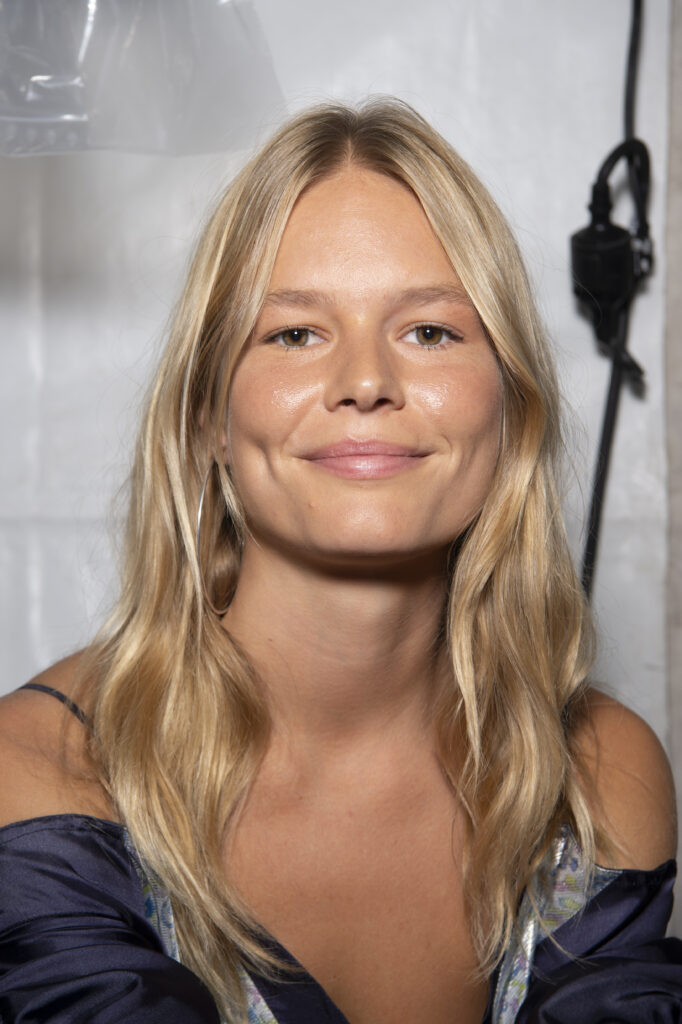
“I always recommend my clients use SPF on top of their moisturiser,” says Rebecca Treston. Isabel Marant SS22
If you’re worried about the greasy look, then seek out sunscreens that are labelled as non-comedogenic to reduce the risk of acne breakouts – again, La Roche-Posay gets top marks alongside Dermalogica and REN, whose Clean Screen Mineral line contains antioxidant-rich passion fruit extract plus naturally derived zinc oxide to help limit irritation. Both doctors recommend SPF 50 whenever possible, especially on the face, and definitely don’t go below SPF 30. It can be daunting to find the right SPF formula that won’t feel sticky or oily when added to a product-packed skincare routine. It’s not all bad news though, as you can definitely find a product to suit your skin type – all it takes is a little trial and error. What’s more, effective cleansing at the end of the day is a must to keep pesky breakouts at bay. “I know the whole world is currently loving the ‘double cleanse’, but unless you’re wearing a lot of makeup, I’d always recommend just a thorough, single cleanse both morning and night to avoid aggravating the skin’s delicate barrier,” advises Treston. “I like oil-based cleansers which are nourishing to the skin, followed by a good toner to ensure that all traces of makeup, dirt and sunscreen have been removed.” Kiehl’s Midnight Recovery Botanical Cleansing Oil or Le Labo Facial Cleansing Oil should do the trick nicely. Dr Tailor seconds this, but her preference is a non-foaming cleanser that will stimulate oil production. “Always make sure your makeup and sunscreen are non- comedogenic too, as this will allow your skin to breathe and will help prevent your pores from becoming blocked,” she concludes.
Skincare brands are rising to the challenge of providing lightweight, non-comedogenic sunscreens ideal for daily use. Here’s our dermatologist-approved pick of the bunch.
Read Next: Is At-Home Dermaplaning Dangerous? Experts Weigh In
- Words by Naomi Chadderton


